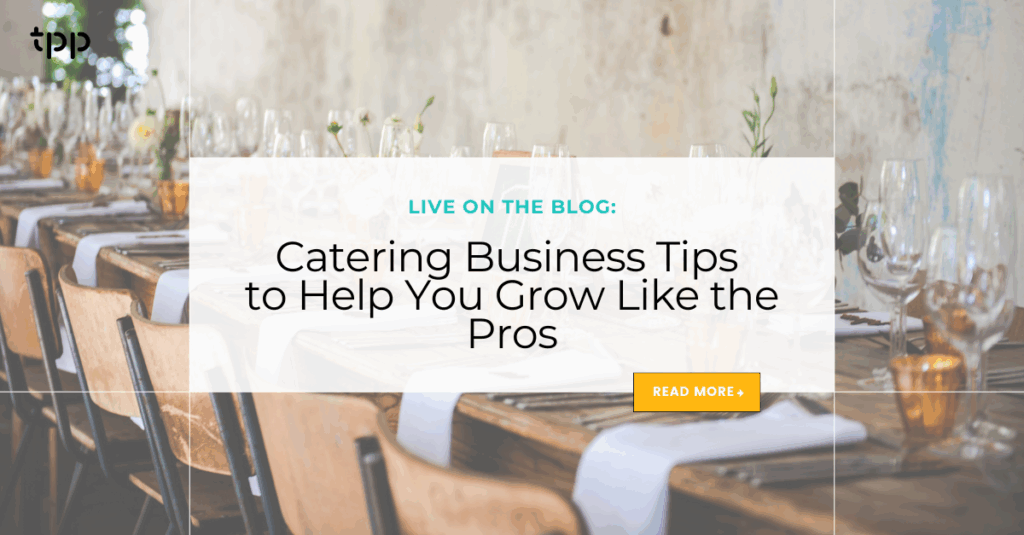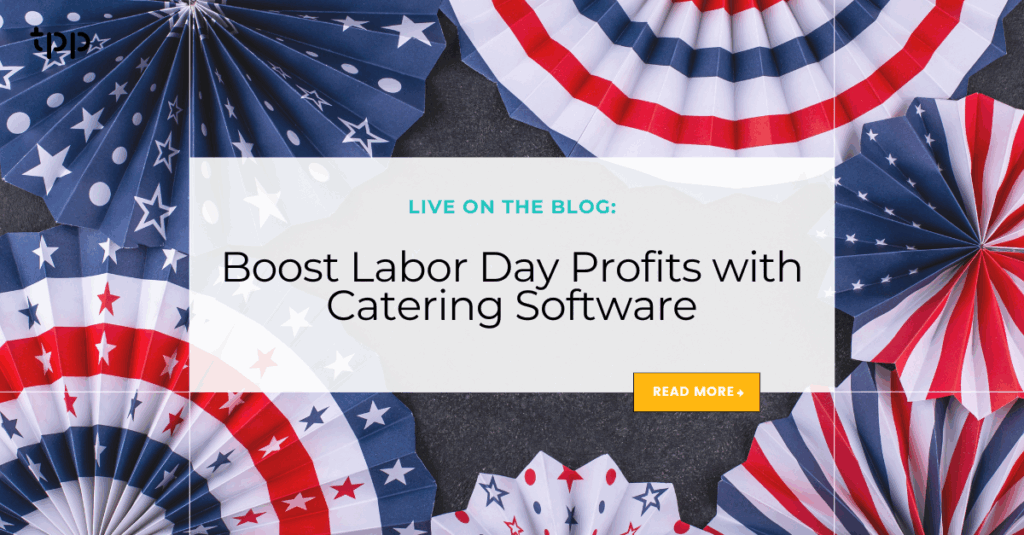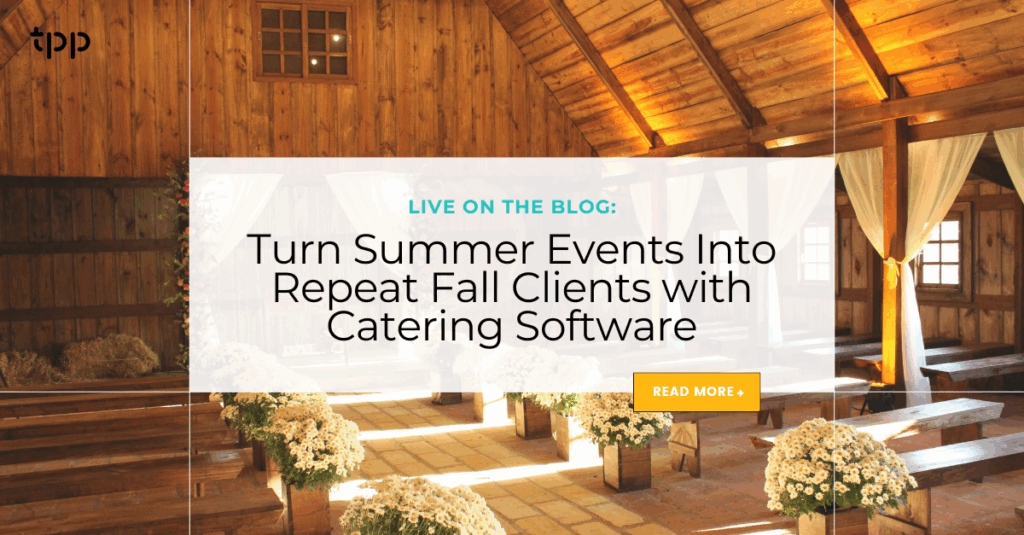By Clint Elkins, SB Value
www.wegrowvalue.com
In the catering industry, our expenditures tend to fall into two categories: tangible costs, like that of ingredients and kitchen equipment, and intangible costs, like transportation fees and staff pay. When you send employees to work an event, that cost is based on a number of factors, including their experience level and how many events are on the schedule. Value increases on busy weekends because the opportunity cost of sending someone to an event must be advantageous.
While there are clear aspects that factor into staff pay on event days, it’s up to you to determine the best rates that will keep your business running while ensuring your employees’ happiness. It starts with how you allocate your staff for an event day, and ends with how you charge clients for the labor required to produce their event.
How to Smartly Allocate Staff
Staffing inefficiencies can quickly create an environment of waste and have a negative impact on your bottom line. You don’t need to hire more labor than you really need, but if you’re not clear on how much that is, you’re going to see a loss because of it.
Overstaffed events are a waste of resources, whereas understaffed events are stressful and don’t capitalize on the value that you can fully provide if staff were allocated strategically.
“Our event coordinators use a staffing matrix that was generated by our hospitality team,” shares Anthony Lambatos, CEO of Footers Catering. “It makes it very easy for them to plug in the number of guests and service style and it lets them know how many of each staff to add on the proposal. We also have alerts to add additional staff on certain venues that can be challenging to work in.”
For many companies, it makes sense to develop standard expectations for events based on guest count and venue size. With an easy-to-use formula, you can replicate your staff needs for every client and determine whether you need to bring on more help or if your current resources are sufficient.
Lon Lane, president of Lon Lane’s Inspired Occasions reveals: “We strive for one staff person per 10 guests. We require a bartender for every 50 guests and one floor person per table of 8-10 for plated dinners. We require plating lines not exceed 70 plates per plating line, with a minimum of three chefs per plating line and two scullery per 100 guests.”
Still, it’s important to be flexible to changes in the event production process, as well as changes within your company. Be proactive and prepare for whatever comes your way.
“Allocating staff for the events is always changing and evolving formula due to the current labor field that we are all battling,” explains Adam Gooch, corporate executive chef at Commonplea Catering. “Because of this we tend to staff a little heavier to make sure that we are covered with call offs and or scheduling changes.”
How to Smartly Price Staff Labor
Pricing labor is different for every company and should remain open to changes based on changing market demands. Avoid under-cutting your labor costs because the consequences of that will hit your employees and can cause low morale. Your staff is your greatest asset, so it’s essential that you value them as such.
“Great labor cost percentage is not always a good thing if you did not meet the client’s expectations at the event,” reminds Gooch. “We have built in labor charges for the Chefs and Kitchen team we need to execute the event and then the other kitchen management team will show up to assist.”
Flat rates are an easy way to price staff labor that can translate well to many different kinds of events. It ensures a simple pricing structure in which you can plug in things like guest count, length of time needed, and menu complexity.
Lane says: “We charge a flat fee of $225 per staff person for the first three staff, then $200 per staff person after that. We require a minimum of 6 hours for each staff person and we bill $35 per hour per staff for overtime. We pay our staff $75 for six hours guaranteed up to $150 for six hours for our more seasoned staff.”
Fortunately, there are many tools that can help identify the best pricing for each event, making it far easier to make cost projections and adjustments to staff allocation as needed.
“We charge per person/per position/per hour for our staff so they are all itemized on our proposal for our clients to see,” explains Lambatos. “There are various pay ranges that coincide with each position and our director of hospitality has a labor cost goal that she must stay below. Between Total Party Planner and Nowsta, we are able to get estimates on the labor cost for each event BEFORE it happens so we can make adjustments if needed to hit our goal.”
Pricing staff labor can feel like a grey area, but with attention to the right details, it can be a simple and replicable process that keeps both client morale and your bottom line in mind.
Clint Elkins is the VP of Sales at SB Value, a group purchasing program designed to reduce catering, kitchen and food-service costs by leveraging the collective buying power of thousands of companies.





